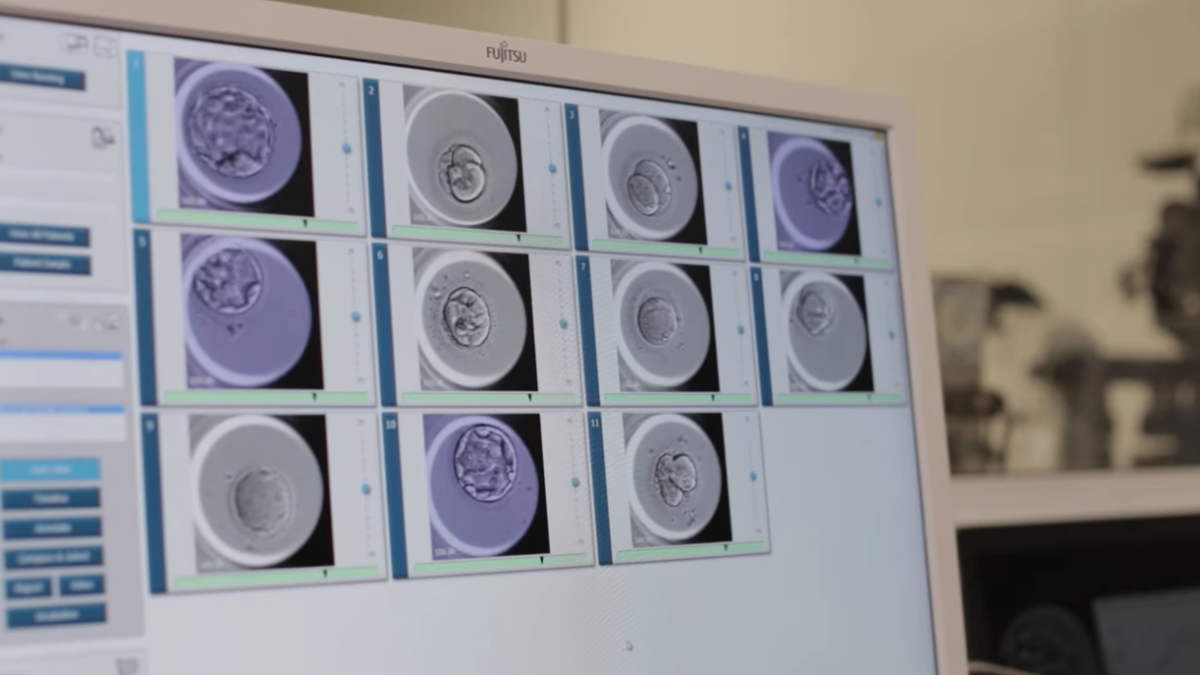
If you need proof that the line between science and politics has been irrevocably erased, look no further than the September edition of Scientific American.
In a special issue entitled “Sex and Gender,” the magazine purloins the progressive political agenda and attempts to give it a scientific mooring even when none exists. It represents a wholesale retreat from the principle that science should be apolitical, further jeopardizing the integrity of the scientific establishment and potentially inflicting real harm as it chooses to promote identity politics over solid science.
SA’s opening salvo is an editorial with the headline, “Why the New Science of Sex & Gender Matters for Everyone.” The piece is astonishing not just because it’s poorly written and ill-conceived—one would expect more from such smart people—but also because it offers no evidence to back up its claim there is “new science” on sex and gender. Here’s how it begins:
Sex is supposed to be simple—at least at the molecular level. The biological explanations that appear in textbooks amount to X + X = and X + Y = . Venus or Mars, pink or blue. As science looks more closely, however, it becomes increasingly clear that a pair of chromosomes do not always suffice to distinguish girl/boy—either from the standpoint of sex (biological traits) or of gender (social identity).
Rather than citing multiple peer-reviewed studies or a meta-analysis of a body of work to prove this so-called “new” science, the article instead offers this: “Researchers have found XY cells in a 94-year-old woman, and surgeons discovered a womb in a 70-year-old man, a father of four.” There is no link to either case in the magazine or online version; a Google search comes up empty. Pretty thin gruel for a bold proclamation that we are “biological hybrids on a male-female continuum.”
This Science Is Nowhere Near Settled
This doesn’t stop the editors from calling for updated biology textbooks and lamenting how “arguments about innate biological differences between the sexes have persisted long past the time they should have been put to rest.” In other words, they want us to believe that gender fluidity is the new settled science.
Except it’s not. Last fall, two scientists at Johns Hopkins University issued a wide-ranging report on sexuality and gender. Among their many findings is that “the hypothesis that gender identity is an innate, fixed property of human beings that is independent of biological sex — that a person might be ‘a man trapped in a woman’s body’ or ‘a woman trapped in a man’s body’ — is not supported by scientific evidence.”
The report also concluded that “only a minority of children who experience cross-gender identification will continue to do so into adolescence or adulthood,” which is why another article in SA’s special issue is so alarming. “When Sex and Gender Collide” purports to show insights about gender in the brain of transgender kids. The writer, Kristina Olson, is a professor of developmental psychology and director of TransYouth Project, which is described as an “ongoing research study following more than 300 transgender and gender-nonconformist kids for 20 years to learn how their gender identity develops.”
It’s based at the University of Washington and is currently recruiting “children aged 3–12 who are transgender and gender nonconforming.” Set aside for a moment the utterly ridiculous idea that a child who is just learning to use the bathroom, spell his name, and the days of the week would qualify for this project, it is far too early to reach any scientific conclusions about transgender children (the project started in 2013).
People’s Feelings Cannot Change Their Genetics
Olson claims that “results so far show that trans children have just as firm a sense of their own gender as non-trans kids at very early ages.” But most of her evidence is purely observational. There is no “insight” into the brains of transgender children; Olson admits there is a dearth of neurological studies into gender identity and that the science is “far from conclusive.”
Instead, she presents two anecdotes of boys who “were assumed to be boys at birth and showed signs by the pre-school years that they were different.” In a photo caption of one of the boys, who now identifies as a girl and goes by Sarah, Olson explains how he “knew from a young age that she was a girl rather than the boy she seemed to be at birth (emphasis added).
No, Dr. Olson. He didn’t seem to be a boy at birth. He was, and still is, a boy. His parents and his doctors knew this because he has a penis. Science knows this because he has XY chromosomes, which dictates the sex not only of humans but most mammals. He may have decided he doesn’t want to have a penis and he likes to dress in girl clothes and wants the world to accept him as a girl; fine by me. But this does not change the scientific, biological fact he is a boy, and to present this in a leading scientific journal, as if sex is a state of mind rather than a genetic reality, is irresponsible at best and dishonest at the very worst.
Then Scientific American Blindly Contradicts Itself
The danger of acquiescing to the capriciousness and emotional immaturity of grade-schoolers should be evident to any parent. But the blurred lines between the sexes can have life-or-death consequences for adults, too. Another article in the special issue—“Not Just For Men”—perhaps unwittingly exposes how life-threatening the failure to differentiate between the two sexes can be.
After devoting thousands of words to selling the idea that there is little daylight between the sexes, and that gender is based on individual interpretation, the magazine delves into the issue of inequities in the health care system: “Researchers and doctors must dig deeper into gender difference before they can provide women with better treatments.”
The article outlines myriad medical differences between men and women, from drug tolerance to heart disease to Alzheimer’s rates. It cites a 2001 Institute of Medicine report that concluded “every cell has a sex.” If that’s the case, then how should a doctor treat a man who is now a woman?
For example, it is well-known that signs of a heart attack differ in men and women: If a transwoman is experiencing symptoms that are usually found in men having a heart attack, not women, should they be ignored or heeded? The article explains how an “irregular heartbeat is more common in men, while rapid heartbeat is more common in women – and certain drugs can make the condition life-threatening.” This is a slippery slope of political correctness and science denial that may have deadly consequences.
I asked the American Association for the Advancement of Science (AAAS) for a comment about the Scientific American special issue; they declined. It will be telling to see how the scientific establishment, which unleashes shrieking warnings to the public every day about how science is truth and not a belief system, will handle this collection of pseudoscientific garbage. My guess is it will be met with complicit silence.








